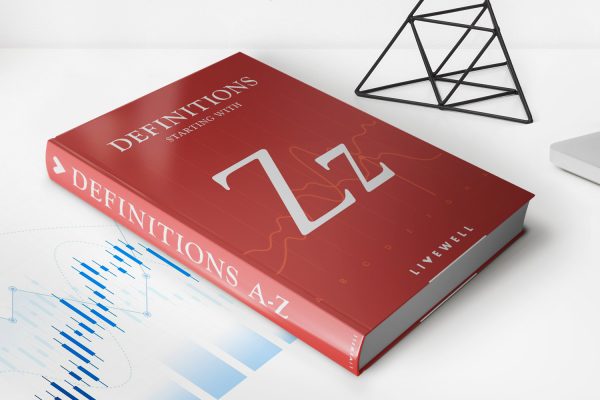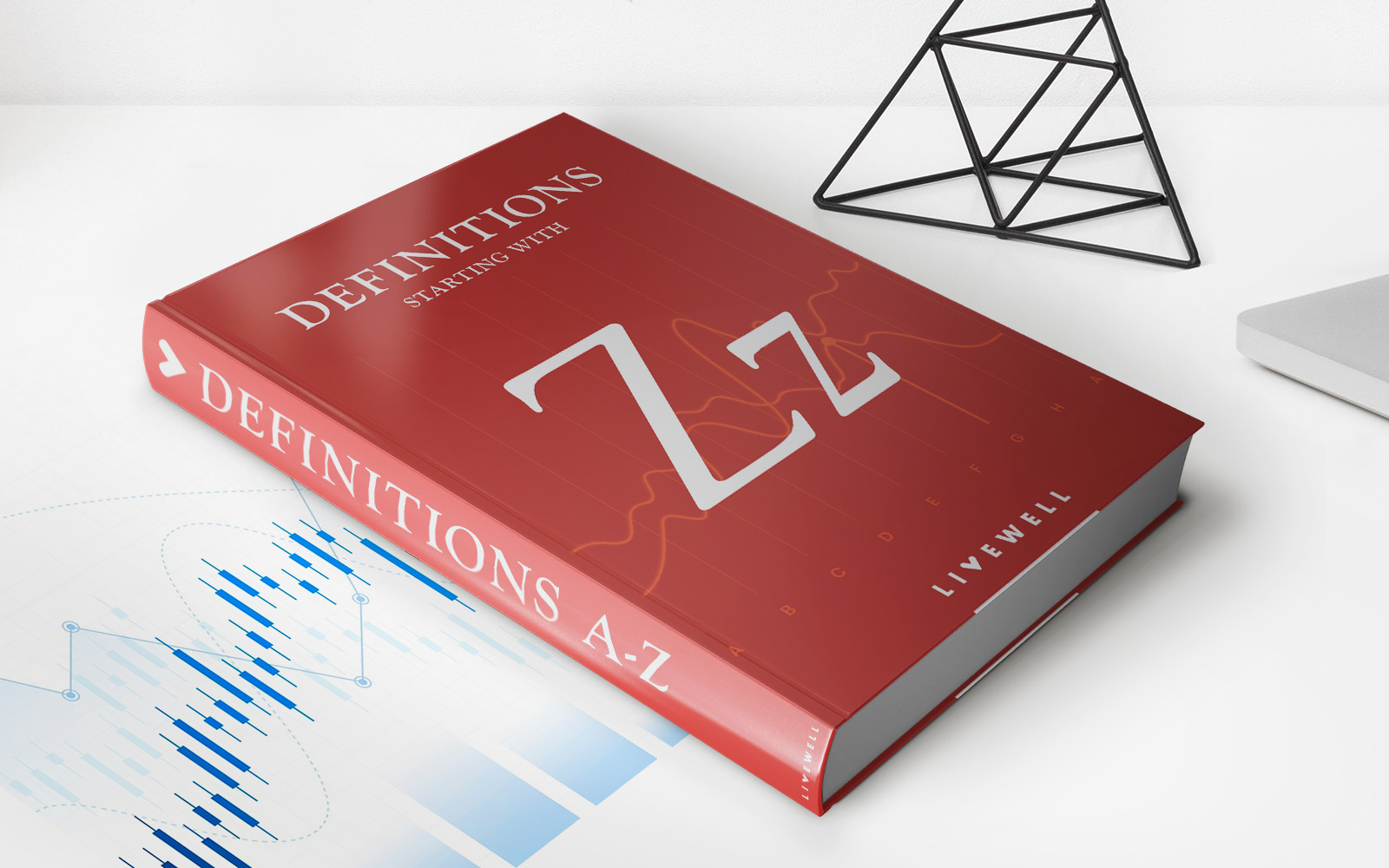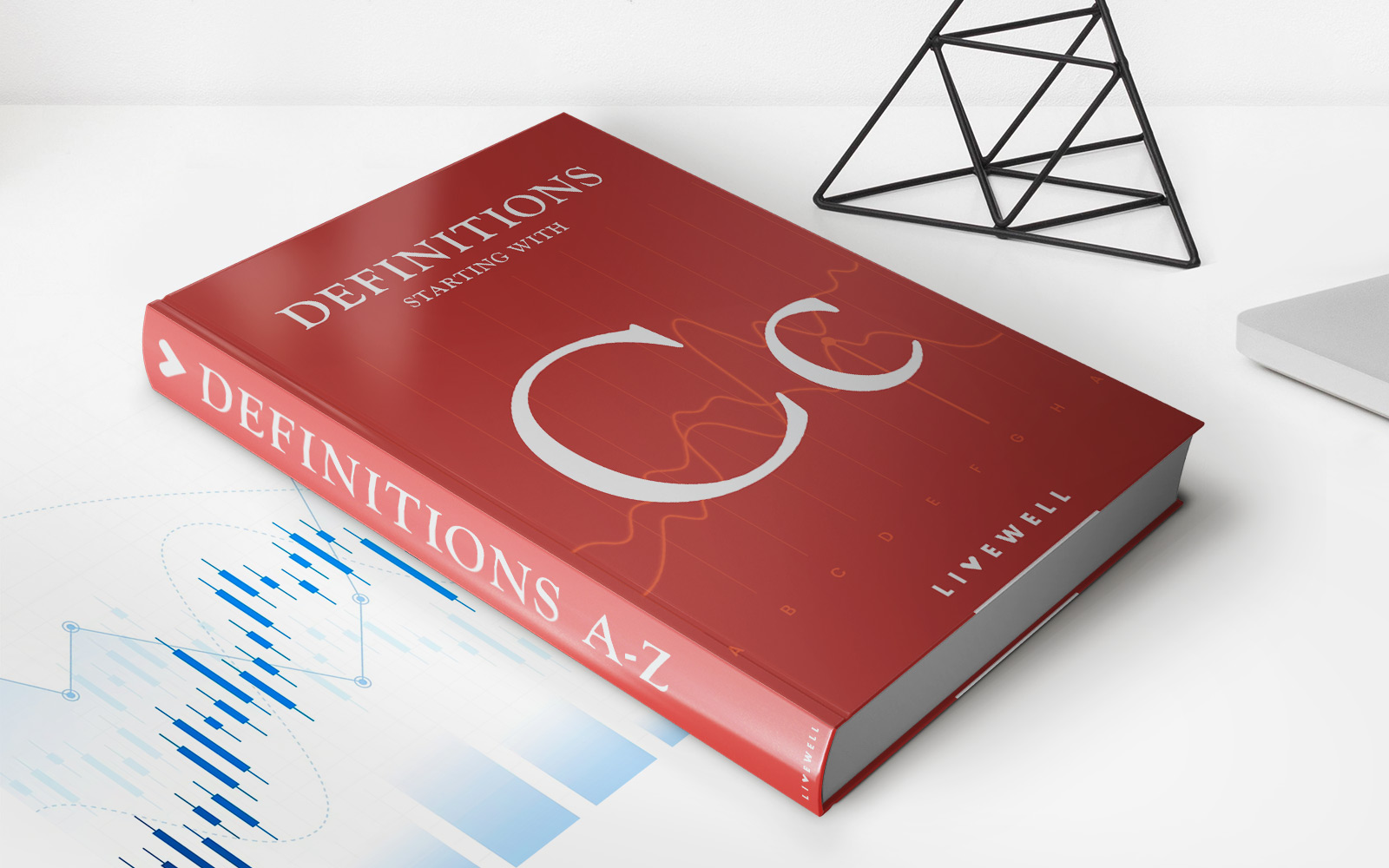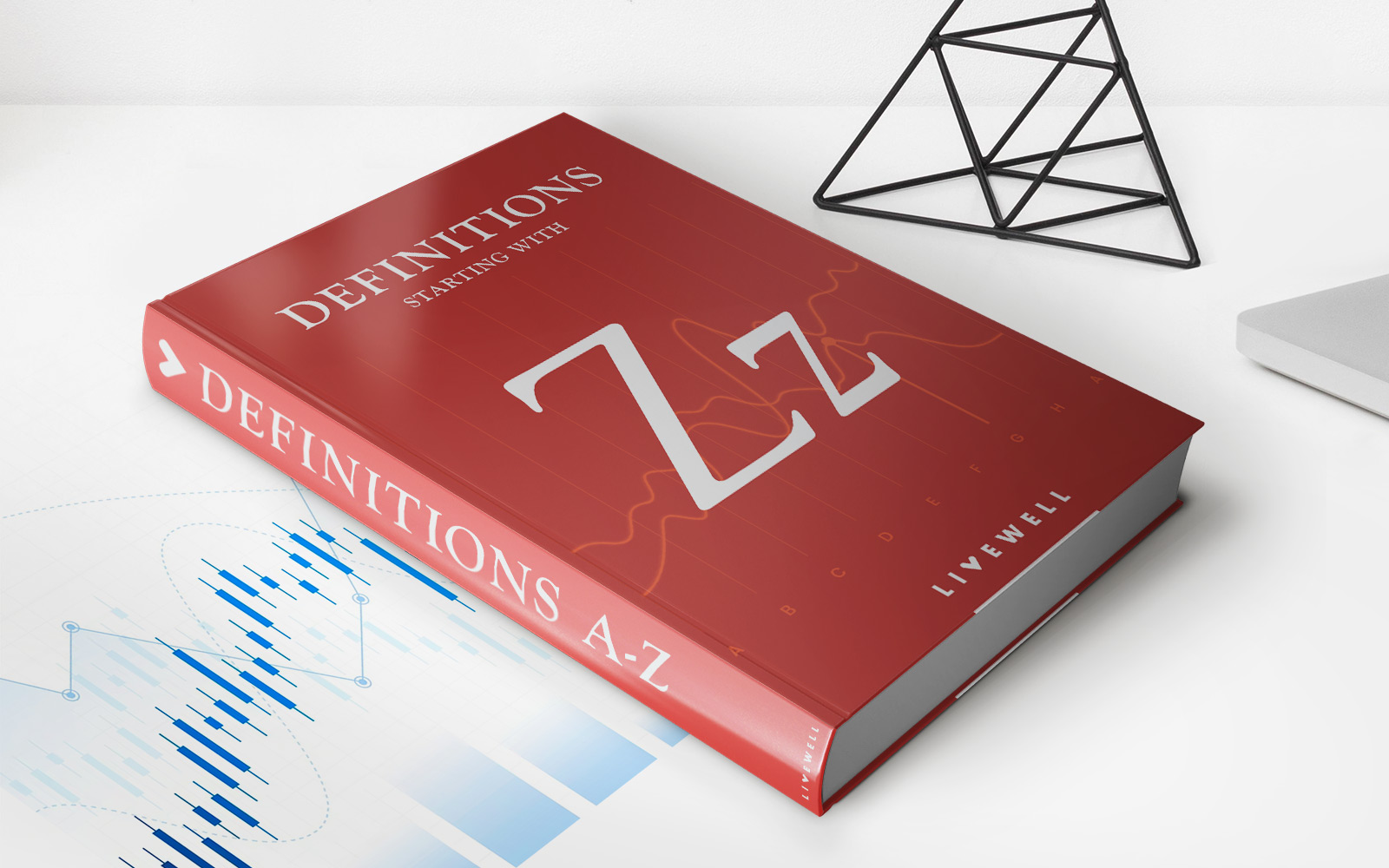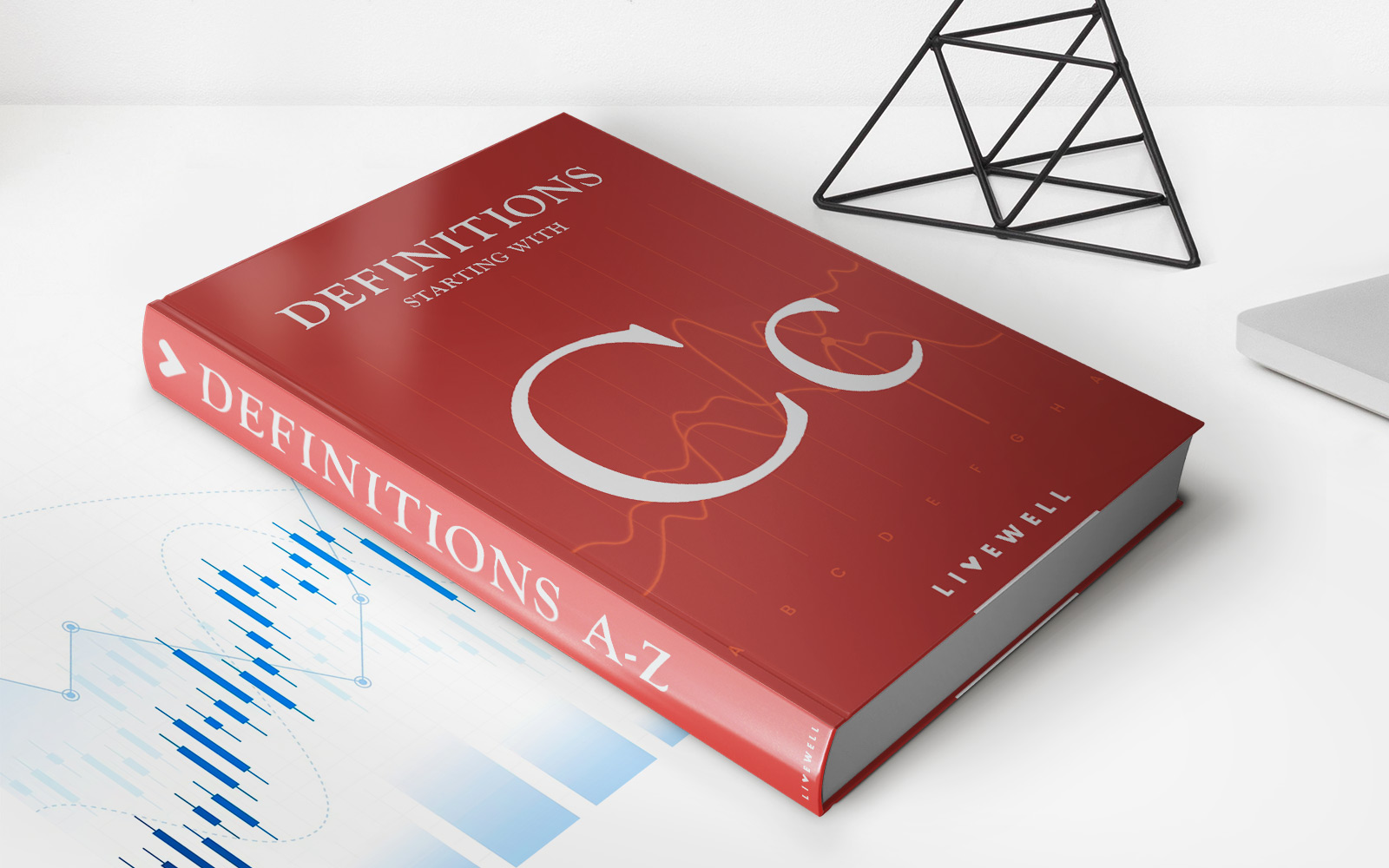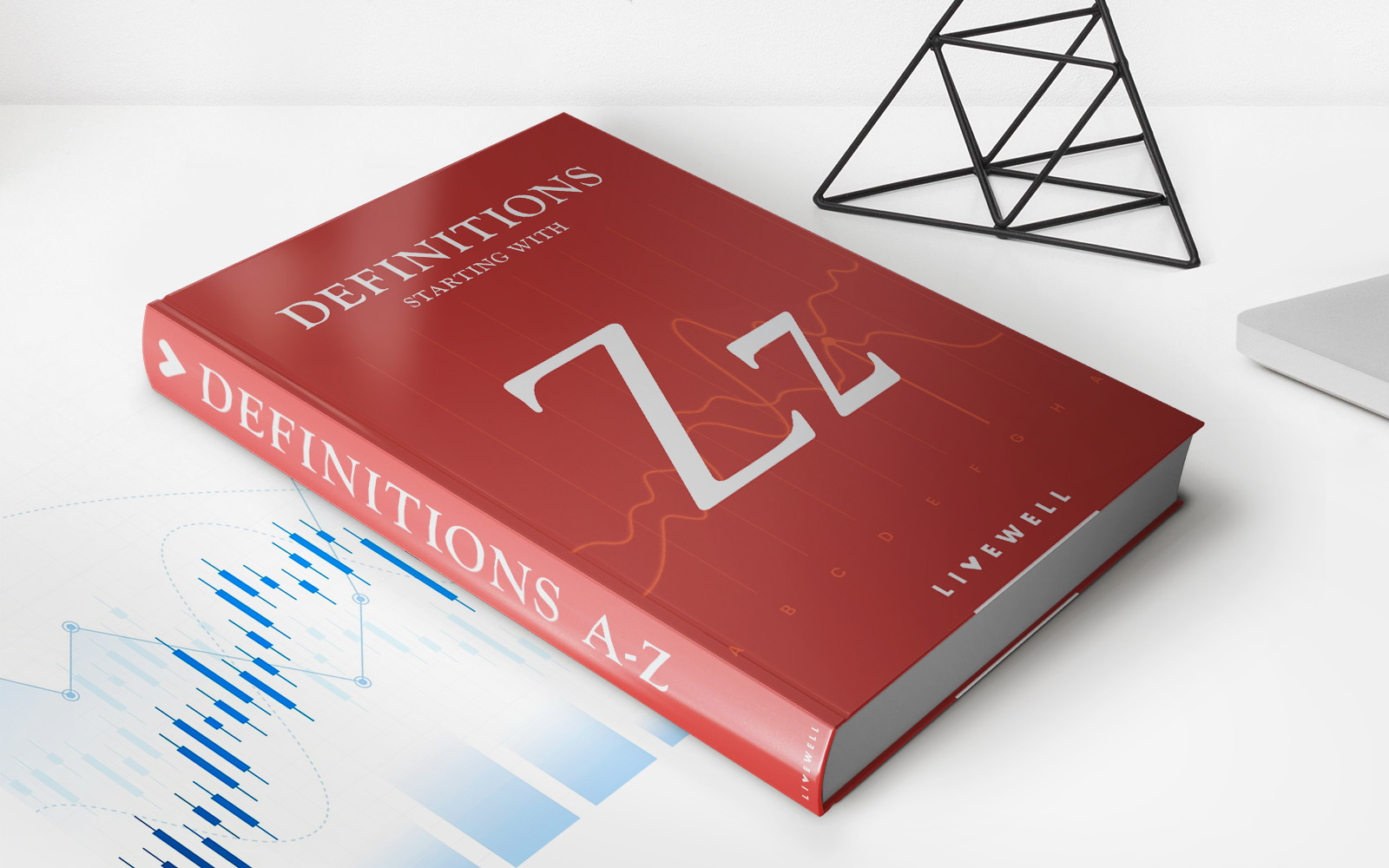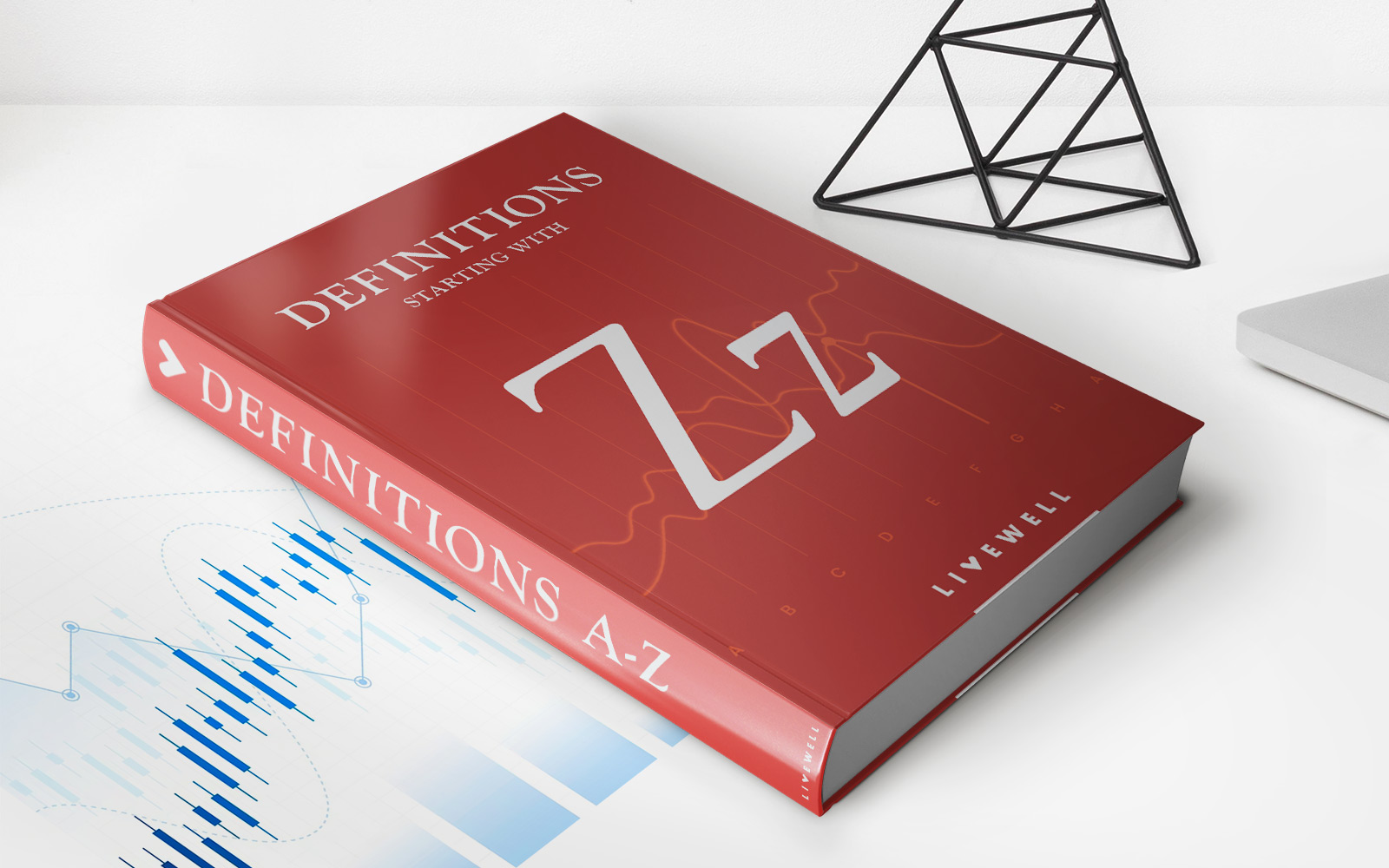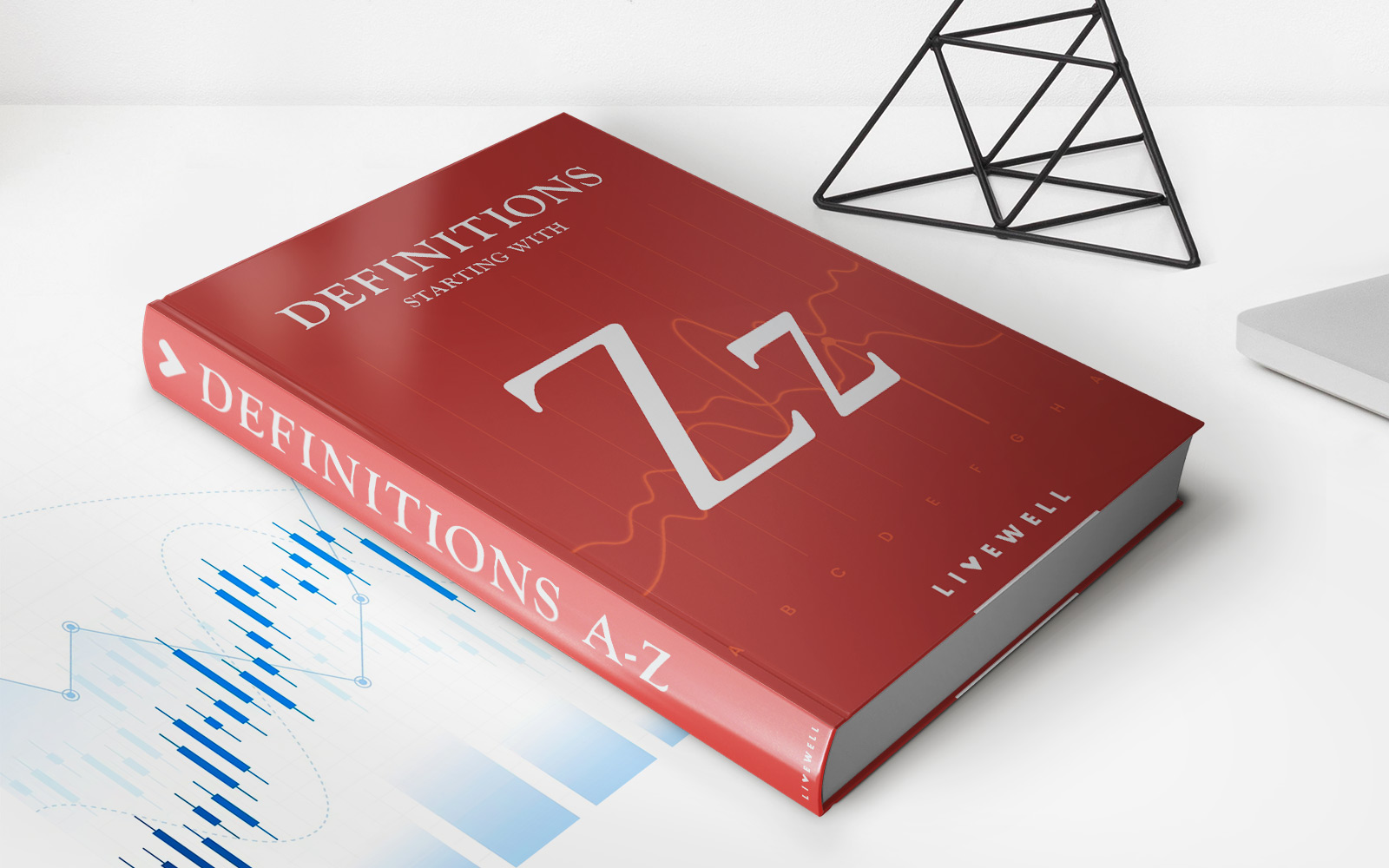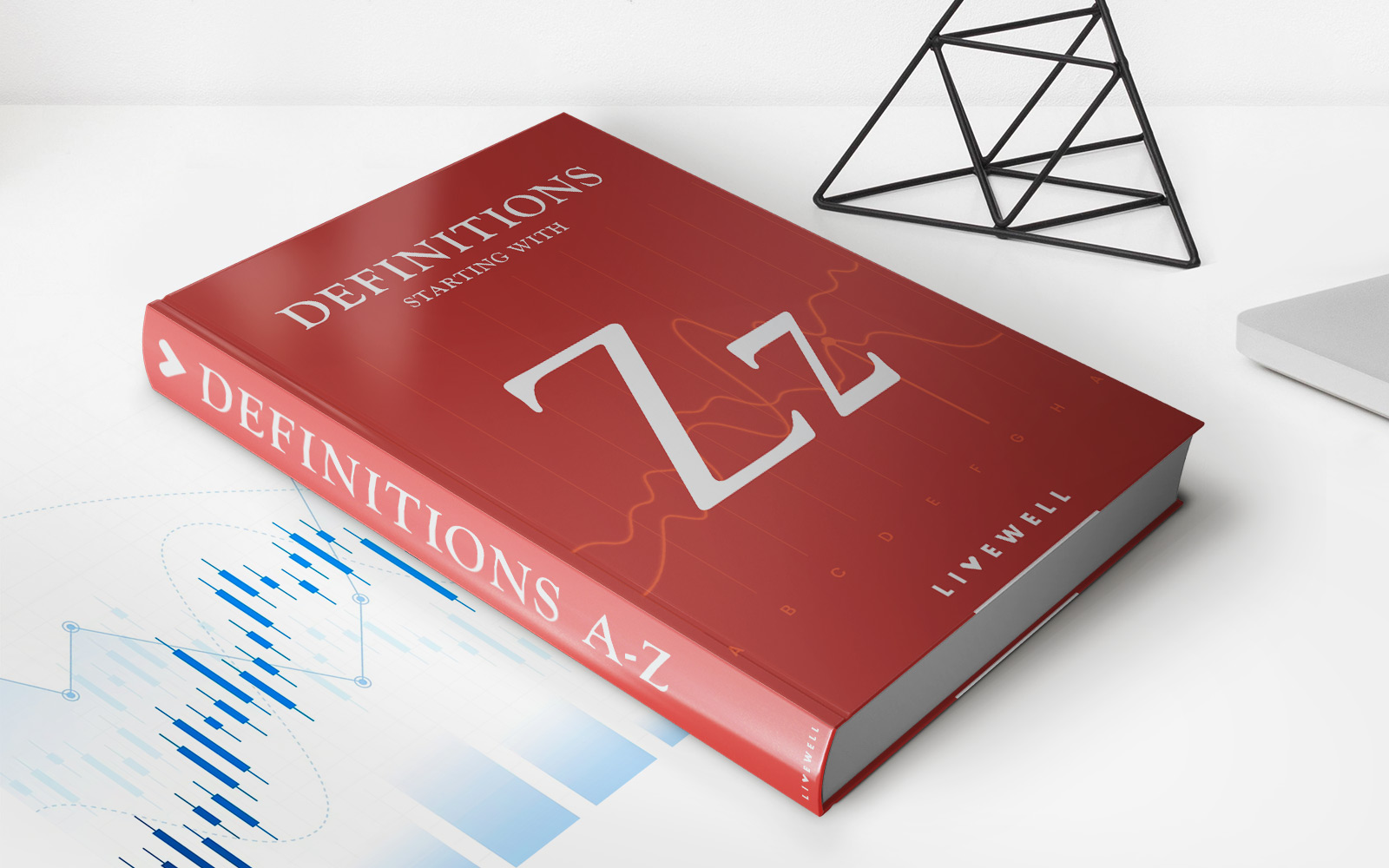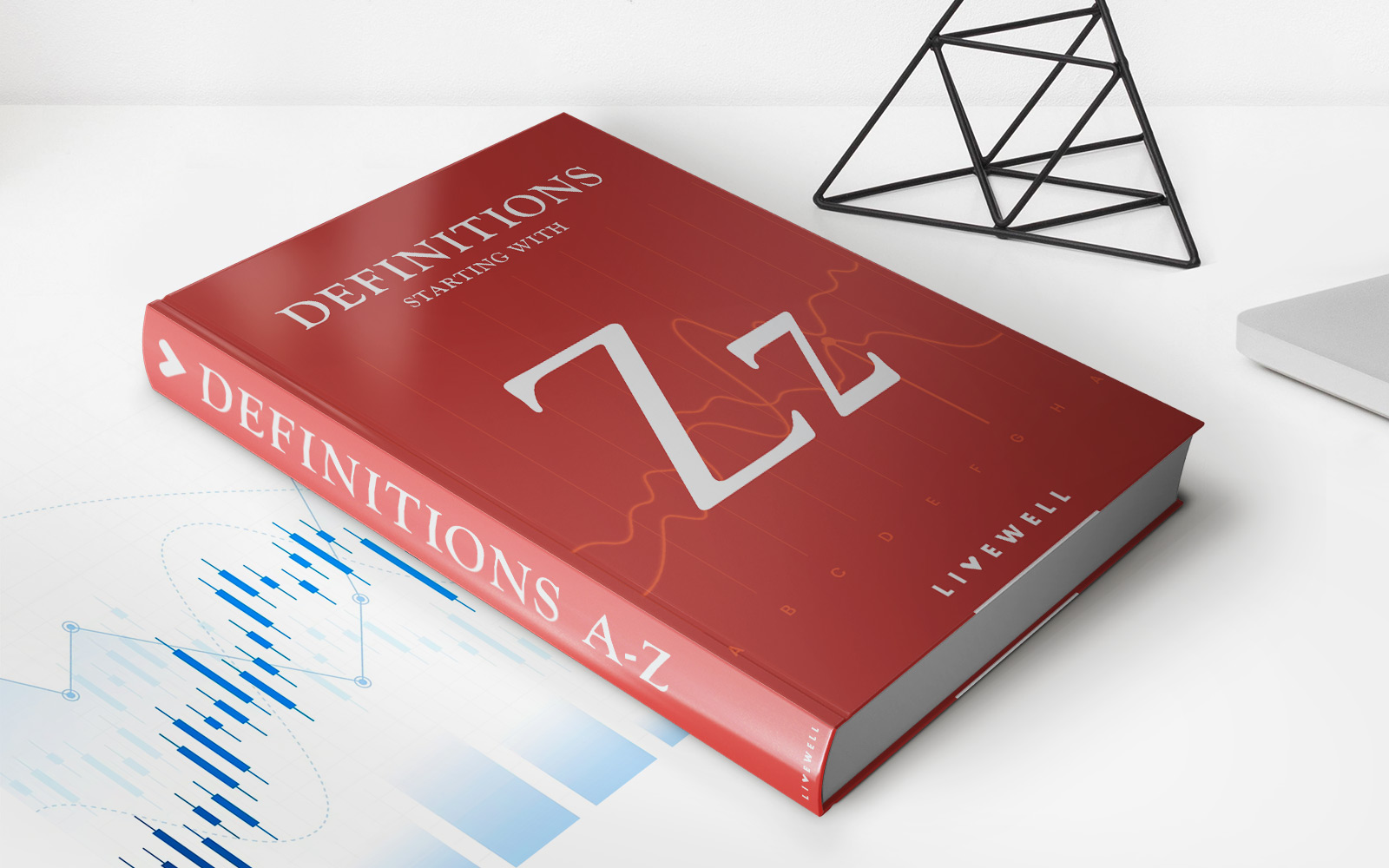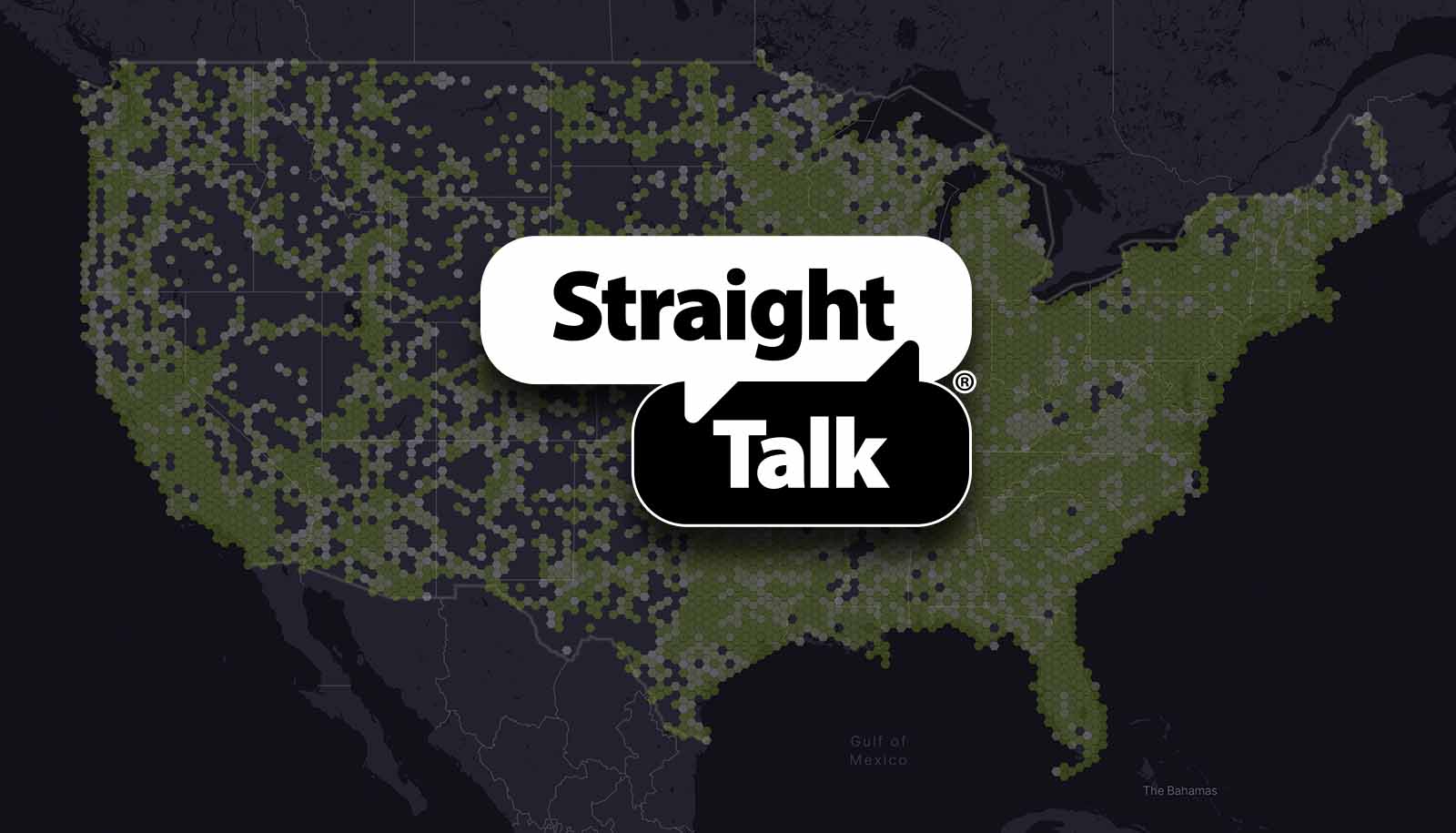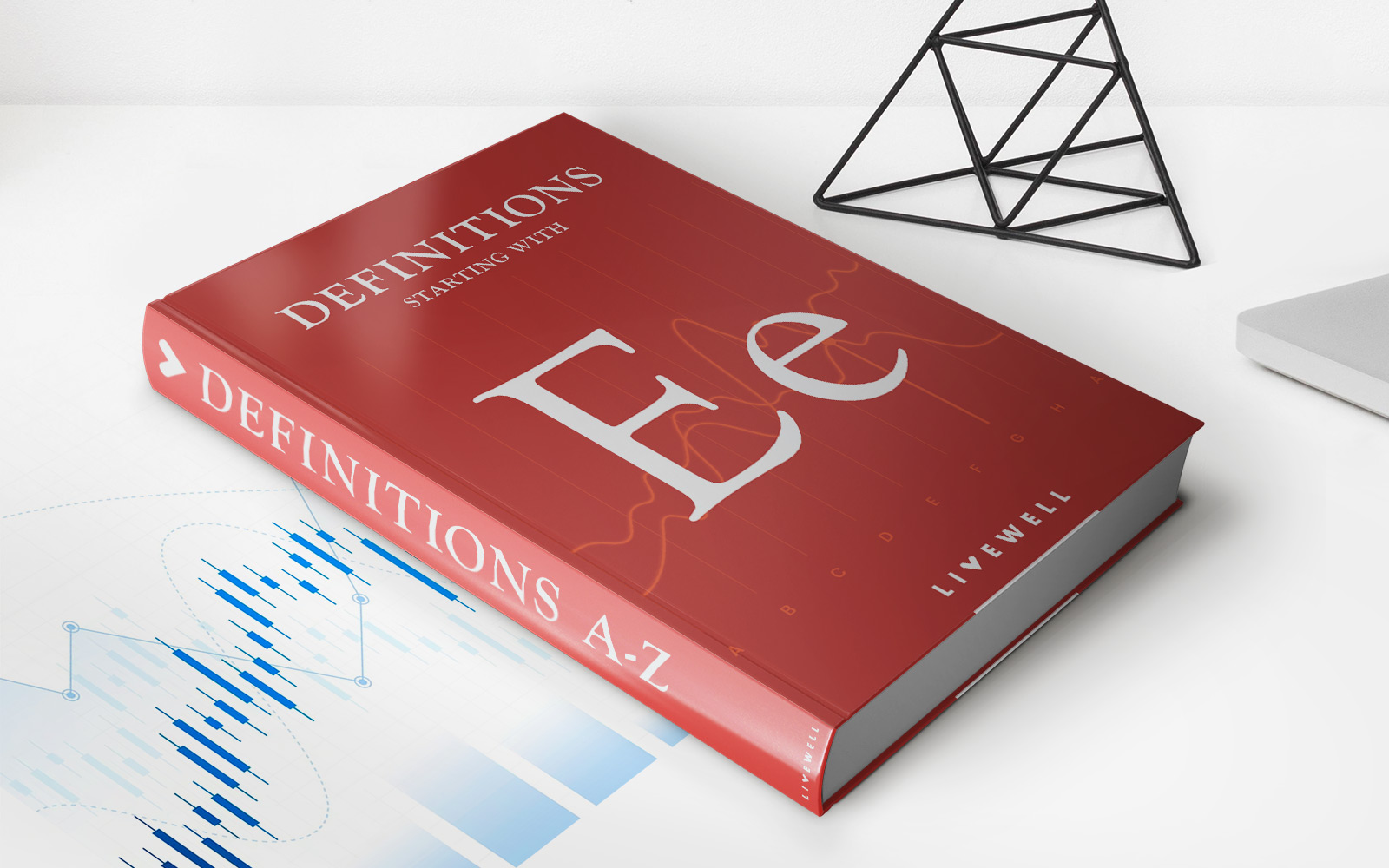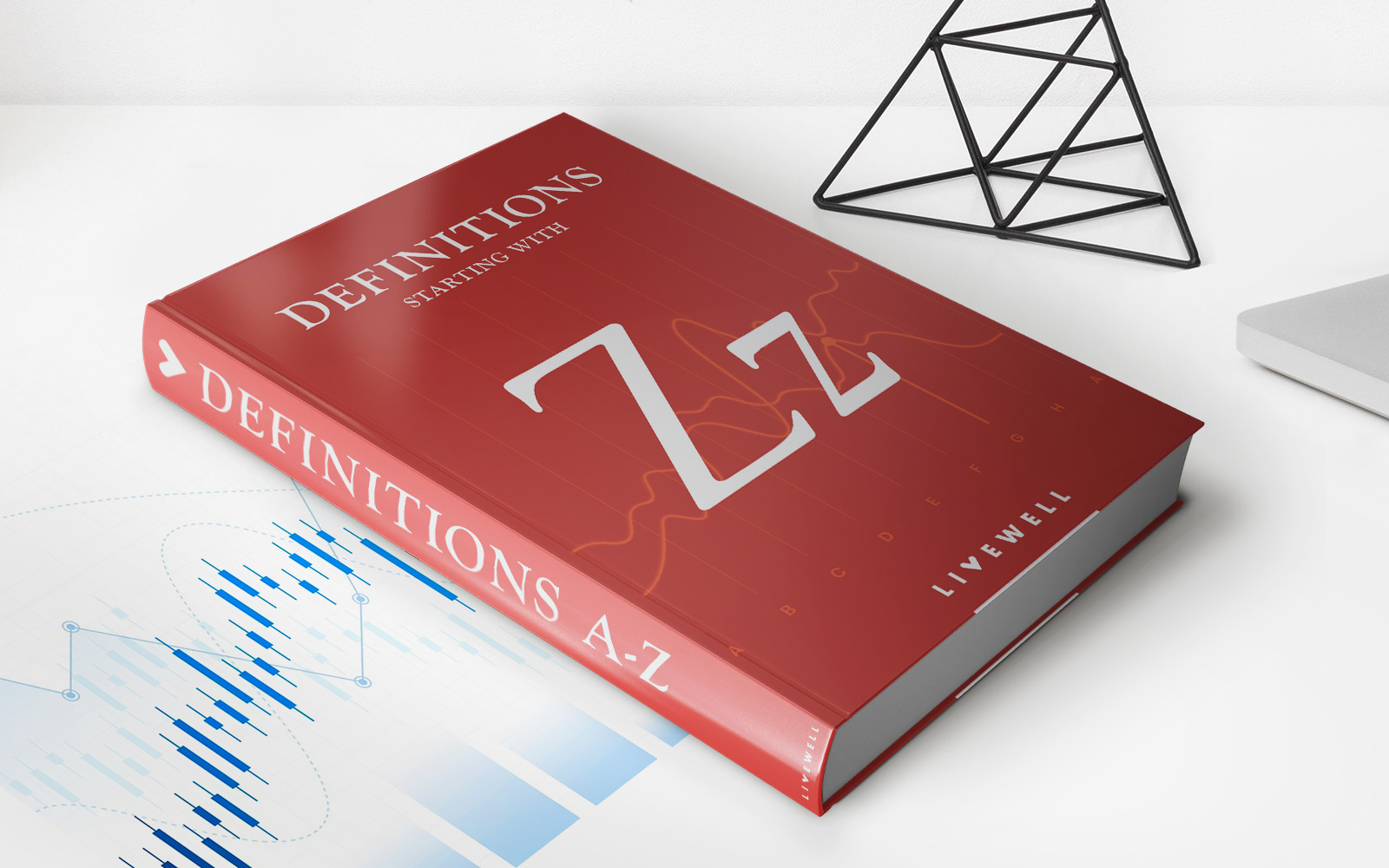

Finance
Z Tranche Definition
Published: February 20, 2024
Learn the meaning of Z Tranche in finance, a type of bond that offers unique benefits and risks. Explore its features and implications in the market.
(Many of the links in this article redirect to a specific reviewed product. Your purchase of these products through affiliate links helps to generate commission for LiveWell, at no extra cost. Learn more)
Welcome to the Finance Category: Understanding Z Tranche Definition
Welcome to our Finance category! In this section, we will be diving deep into various financial concepts, aiming to provide you with insightful and comprehensive information that can help you navigate the complex world of finance. In today’s blog post, we will be focusing on understanding the Z Tranche definition and its significance in the realm of investing and bonds.
Key Takeaways:
- Z Tranche is a type of bond that is created by splitting cash flows from mortgage-backed securities.
- Z Tranche is the last to receive principal payments and often has a higher risk and potential for high returns.
Now, let’s dive into the fascinating world of Z Tranches!
What is a Z Tranche?
A Z Tranche is a type of bond that is created by splitting cash flows from mortgage-backed securities. It is often known as an “accrual bond” as it does not receive any regular interest payments. Instead, the interest payments that are made on the underlying mortgages are used to pay off the other tranches of the bond before flowing to the Z Tranche. This structure allows investors to receive higher returns once the other tranches have been paid off.
Unlike other tranches, a Z Tranche is typically the last to receive principal payments. As a result, it carries a higher risk compared to other tranches but also offers the potential for higher returns. This is because the earlier tranches receive regular payments, reducing the overall risk for the investors in the Z Tranche.
How Does a Z Tranche Work?
Here’s a simplified breakdown of how a Z Tranche works:
- When a mortgage-backed security is created, cash flows from the underlying mortgages are allocated to different tranches, including the Z Tranche.
- All interest payments from the mortgages flow to the earlier tranches until they are fully paid off.
- As the earlier tranches receive principal payments and interest, the risk for the investors in the Z Tranche decreases.
- Once the earlier tranches have been paid off, the cash flows start to flow to the Z Tranche.
- Investors in the Z Tranche receive interest payments and principal payments from the mortgages until they are fully paid off.
By structuring the bond in this way, investors in the Z Tranche have the potential to realize higher returns than those in the earlier tranches, but they also bear a higher risk due to being the last to receive principal payments.
Conclusion
Understanding the Z Tranche definition is crucial for those interested in investing in mortgage-backed securities. While the Z Tranche carries higher risk, it offers the potential for higher returns once the other tranches have been paid off. By carefully assessing the risk and reward profile of Z Tranches, investors can make informed decisions on incorporating them into their investment portfolios.
We hope this blog post has provided you with valuable information about Z Tranches. Stay tuned for more informative articles in our Finance category to enhance your financial knowledge and make the most out of your investments!
